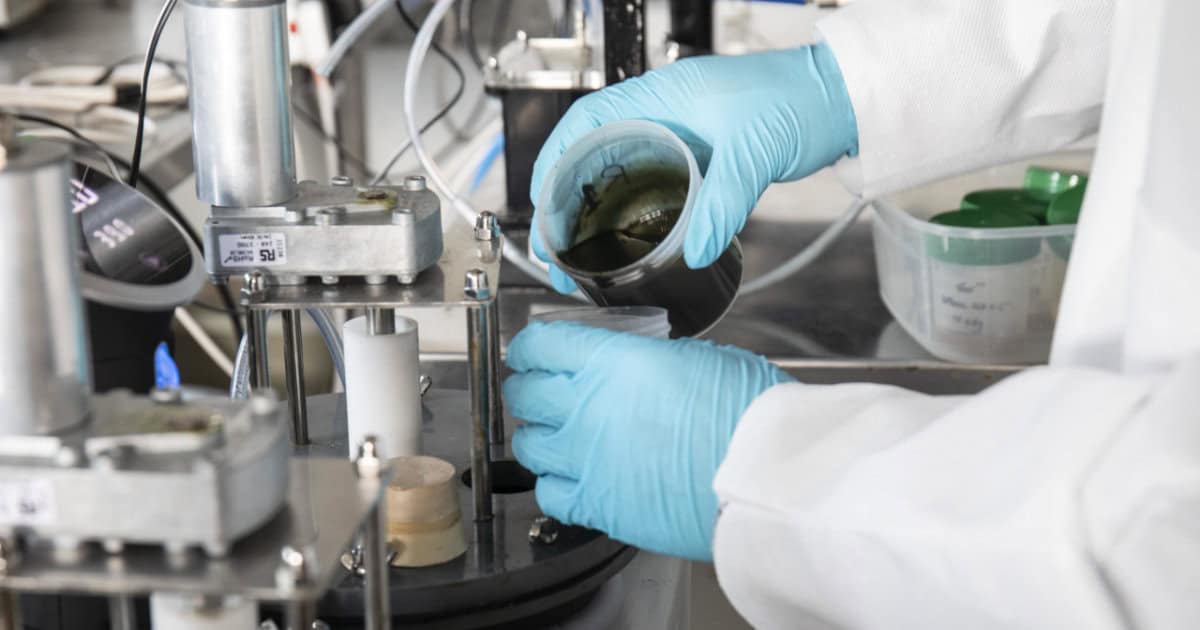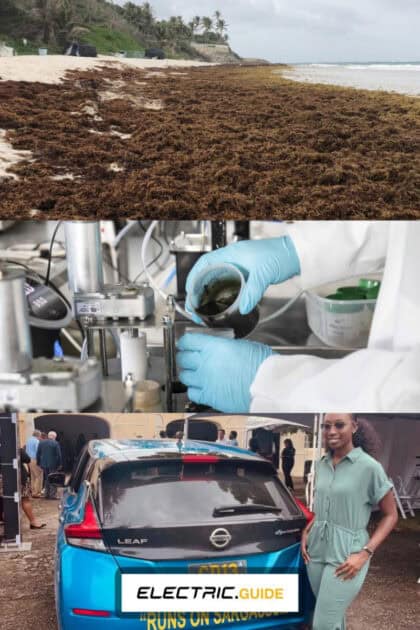In the crystalline waters of the Caribbean, a brown, stringy seaweed known as sargassum has long been an unwelcome guest, blanketing beaches and deterring tourists with its foul odor as it decomposes. However, what was once seen as an environmental nuisance is now at the heart of a groundbreaking initiative, transforming this marine algae into a viable source of biofuel. This innovative project not only promises to clean up the Caribbean coastlines, but also to fuel the region’s transition to renewable energy, particularly in the realm of electric mobility.
The Impact of Renewable Energy
The conversion of sargassum into biofuel represents a significant step towards sustainable energy solutions. By harnessing this abundant, naturally occurring biomass, researchers in Barbados, alongside the University of the West Indies, have developed a method to produce bio-compressed natural gas (bio-CNG) for vehicles. This initiative dovetails with global trends toward reducing dependency on fossil fuels, offering a local, renewable alternative that could potentially power not just cars, but a whole spectrum of electric transport from motorcycles to boats.

The process involves anaerobic digestion, where sargassum is combined with waste from local rum distilleries, providing an environment where bacteria can break down the organic material into methane. This gas can then be captured, cleaned, and compressed into bio-CNG, which has already been used to run vehicles in pilot projects. The implications are vast, potentially reducing carbon emissions and providing a model for other regions dealing with similar environmental challenges.
Economic Implications
Economically, this transformation of sargassum could be a game-changer for Caribbean islands, whose economies are heavily reliant on tourism, which has been adversely affected by seaweed inundations. By turning sargassum into an asset, there’s potential to not only manage waste but also to stimulate local economies through new industries. Jobs in biofuel production, research, and application could emerge, alongside opportunities for investment in green technology.

Additionally, the project could lead to reduced energy costs as local biofuel might be cheaper than imported oil, especially given the volatile nature of global oil prices. For a region that imports a significant portion of its energy, this could mean greater energy independence and security, reducing the economic vulnerability tied to international market fluctuations.
Challenges and Considerations
Despite these benefits, the path to widespread adoption isn’t without hurdles. The arsenic content in sargassum poses a health risk if not managed properly, necessitating rigorous treatment processes. Additionally, the sustainability of this method depends on the consistent availability of sargassum, which can vary year by year based on ocean currents and climate conditions.

The cost of collecting and processing sargassum also needs to be economically viable. Initial investments in infrastructure for collection, processing, and distribution are substantial, and while the potential for economic returns is high, the business model must be carefully planned to ensure profitability without environmental compromise.
Global Inspiration
This local initiative might inspire global actions toward managing invasive species and turning environmental challenges into opportunities. If successful, the Caribbean’s approach to sargassum could be a blueprint for other regions facing similar issues with natural resource management. It highlights the potential of converting what was once considered waste into a valuable resource, promoting a circular economy within the energy sector.
The Road Ahead
Looking forward, the project’s expansion could involve scaling up production, diversifying the use of bio-CNG into other forms of transport, and possibly even integrating it with existing electric vehicle infrastructure. There’s also the potential for international collaboration, where technology and know-how could be shared to address similar seaweed blooms in other parts of the world.
The Bottom Line
The Caribbean’s innovative use of sargassum seaweed is not just a tale of environmental management, but a narrative of adaptation and foresight in the face of climate change. It’s a call to action for regions around the globe to look at their local resources with new eyes, transforming challenges into opportunities for sustainable development. As we move toward a future dominated by renewable energy, this project could well be a beacon for how we might all rethink our relationship with the natural world.
Frequently Asked Questions About Sargassum Biofuel
Sargassum is a type of seaweed that has been increasingly washing up on Caribbean beaches, affecting tourism and local ecosystems. Scientists in Barbados have innovatively started converting this seaweed into bio-compressed natural gas (bio-CNG), offering a sustainable solution to both manage the seaweed and reduce reliance on fossil fuels for transportation.
The sargassum biofuel project could lead to job creation in areas like research, manufacturing, and maintenance of biofuel systems. It could also decrease reliance on imported oil, potentially lowering energy costs and increasing energy independence. Moreover, by turning an environmental challenge into an economic opportunity, it could bolster tourism by keeping beaches clean and attract investments in green technology.

Source
University of the West Indies: Website
